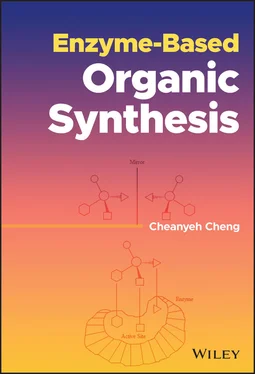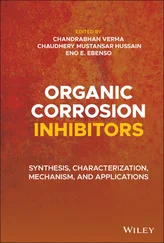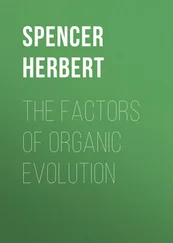Fourteen commercial alcohol oxidases, 33 selected commercial alcohol dehydrogenases (ADHs), and 218 microorganisms were tested for the oxidation of benzyl alcohol for the production of benzaldehyde via different types of hydrogen transfer [7]. If alcohol oxidases were used for the oxidation, the reaction just required molecular oxygen as oxidant and hydrogen peroxide was produced as a side product, which subsequently is decomposed disproportionately by a catalase to form water and molecular oxygen ( Scheme 2.1). If isolated ADHs or lyophilized microorganisms were employed for the oxidation of benzyl alcohol, the hydrogen acceptor of the hydrogen transfer reaction could be acetaldehyde ( Scheme 2.2), chloroacetone, or acetone.
Direct oxidation of simple primary alcohols such as methanol and ethanol to corresponding aldehydes using either free whole cell or immobilized whole cell was also reported in literature. For methanol oxidation to formaldehyde, methanol oxidase (MOX) in the yeast Hansenula polymorpha was involved for the biotransformation [8]; for ethanol oxidation to acetaldehyde, ADH in Saccharomyces cerevisiae was employed for the biotransformation. In these studies, the immobilization of microbial cells was found to be of great help for both the cell activity and stability [9].
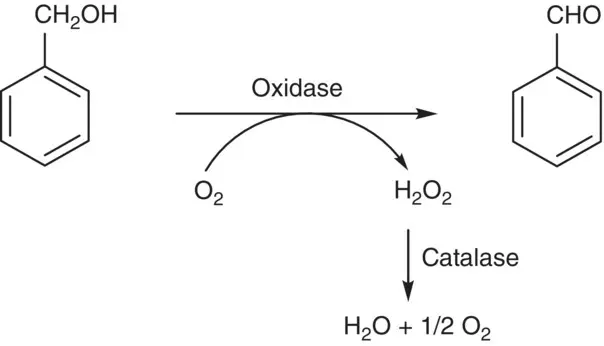
Scheme 2.1 Oxidation of benzyl alcohol using an oxidase and a catalase.
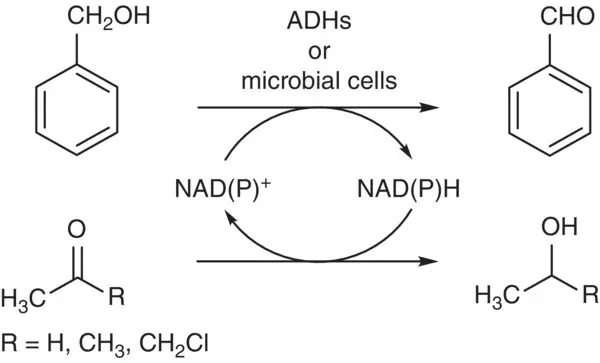
Scheme 2.2 Oxidation of benzyl alcohol via alcohol dehydrogenases or microbial cells.
The stereoselective oxidation of secondary alcohols to produce ketones is of greatest interest in organic synthesis for its applications in pharmaceutical industries. Simple sec ‐alcohol, 2‐butanol, has been oxidized to butanone by the immobilized yeast S. cerevisiae with a 45% yield [9]. Three screened yeast, Williopsis californica , Williopsis saturnus , and Pachysolen tannophilus , have been used for the oxidation of six cycloalkanols with different ring size including cyclobutanol, cyclopentanol, cyclohexanol, cycloheptanol, cyclooctanol, and cyclododecanol. The results show that W. californica and P. tannophilus are active against all six cycloalkanols and can be thought as nonselective, while W. saturnus is active against cycloalkanols of four, five, and six carbon atoms and is selective for small cyclohexanols [10]. These three selected strains have also been employed for exploring the stereoselectivity of several sec ‐alcohols such as (1 R )‐(2‐furyl)‐ethanol, (1 S )‐(2‐furyl)‐ethanol, (1 R )‐phenyl‐ethanol, (1 S )‐phenolethanol, (1 R )‐tetrahydronapthol, (1 S )‐tetrahydronapthol, (−)‐neo‐menthol((1 R ,2 R ,5 S )‐2‐isopropyl‐5‐methyl‐cyclohexanol),(+)‐menthol ((1 S ,2 R ,5 S )‐2‐isopropyl‐5‐methyl‐cyclohexanol), and iso‐menthol ((1 S ,2 R ,5 R )‐2‐isopropyl‐5‐methyl‐cyclohexanol). The results indicate that all the strains are stereoselective toward the S ‐enantiomer [10].
The application of primary alcohol oxidation is proved to be valuable for the preparation of enantiopure 1,2‐diols [11]. Several enantiopure 1,2‐diols were produced via a simple and green regio‐ and stereoselective concurrent oxidation of the racemates using Sphingomonas sp. HXN‐200 ( Scheme 2.3). For the four tested 1,2‐diols, this concurrent oxidation process demonstrates better enantioselectivity than any other known biocatalytic processes.
Another method used for the preparation of enantiopure ( S )‐1‐phenyl‐1,2‐ethanediol from the racemic ( R , S )‐1‐phenyl‐1,2‐ethanediol was performed with the whole‐cell yeast Candida parapsilosis . In this method, ( R )‐1‐phenyl‐1,2‐ethanediol is first stereoselectively oxidized to 2‐hydroxyacetophenone by a ( R )‐specific ADH, and subsequently the intermediate is stereoselectively reduced by an ( S )‐specific carbonyl reductase to form ( S )‐1‐phenyl‐1,2‐ethanediol ( Scheme 2.4). The catalytic activities of the two key enzymes in C. parapsilosis responsible for the deracemization were significantly enhanced by the increase of dissolved oxygen concentration with higher agitation speed [12].

Scheme 2.3 Regio‐ and stereoselective concurrent oxidations of (±)‐1,2 diols.
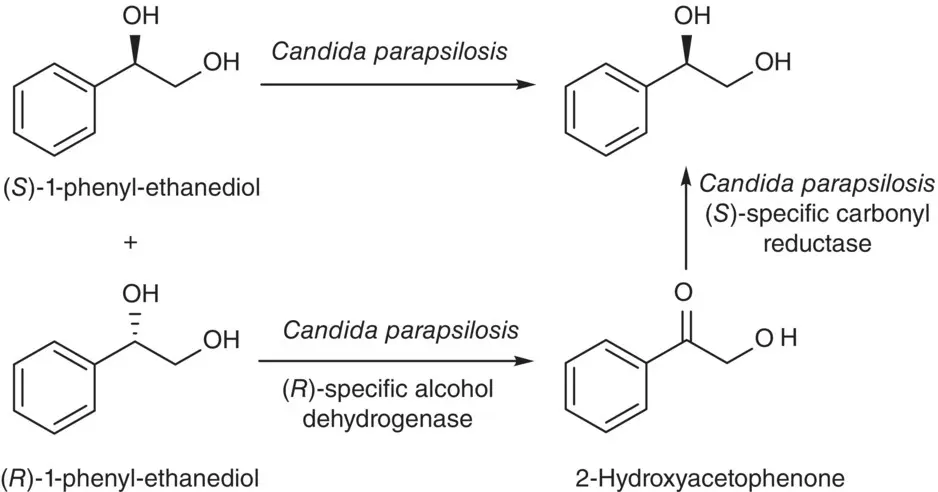
Scheme 2.4 Deracemization of racemic 1‐phenyl‐1,2‐ethanediol by C. parapsilosis through an oxidation–reduction sequence.
Enantiopure sec ‐alcohols and α‐hydroxyketones (acyloins) are popular and important synthons for the asymmetric synthesis of many bioactive compounds [13–15]. A biocatalytic racemization is proved to be a useful tool for the preparation of enantiopure simple alcohols and acyloins via an enzymatic oxidation–reduction process with the formation of a nonchiral ketone or α‐diketone intermediate, respectively, using whole lyophilized cells of various bacteria, fungi, and one yeast [16]. The kinetic resolution process was applied for three selected sec ‐alcohols (2‐octanol, 6‐methyl‐5‐heptene‐2‐ol, and 1‐phenylethanol) and three selected acyloins (benzoin, phenyl acetylcarbinol, and 2‐hydroxy‐1‐indanone) in which phenyl acetylcarbinol and derivatives are key intermediates for industrially manufacturing (−)‐(pseudo)ephedrine, antidepressants, and smoking cessation agents [17–20], and 2‐hydroxy‐1‐indanone is used for the synthesis of several human immunodeficiency virus (HIV)‐protease inhibitors [21, 22]. Sec ‐alcohol dehydrogenases and α‐diketone reductases are responsible for the equilibrium‐controlled enzymatic oxidation–reduction sequence, respectively, and the racemization protocol gives ( S )‐enantiomers ( Scheme 2.5).
Glucose dehydrogenases, glucose oxidases, and gluconate dehydrogenases have been exploited for the oxidation of aldoses on large‐scale applications and biosensors [1]. For instance, glucose oxidase (GO x) has been widely employed in enzymatic kits for fast glucose determination and for the industrial production of gluconic acid from glucose, which was carried out using whole cells of Aspergillus niger . The industrial production of gluconic acid from glucose can be also performed by a membrane‐bound dehydrogenase from G. oxydans . A more recent industrial application of GO xis the direct oxidation of D‐glucosamine to D‐glucosaminic acid with the combined use of catalase to degrade the H 2O 2produce.
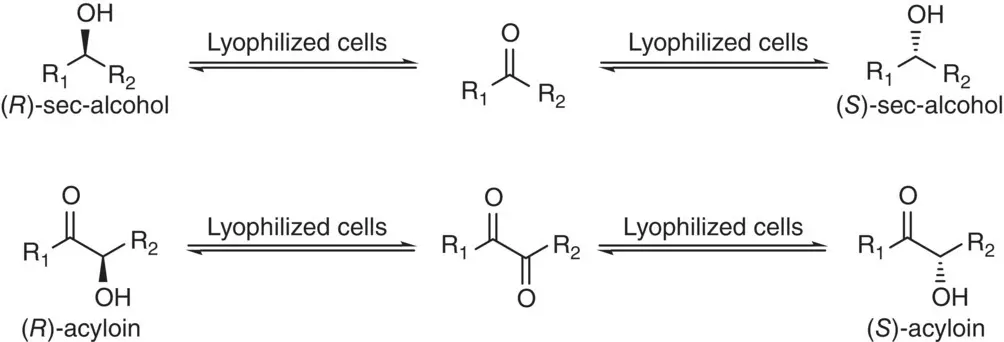
Scheme 2.5 Biocatalytic racemization of sec ‐alcohols and acyloins using lyophilized microbial cells.
Читать дальше
